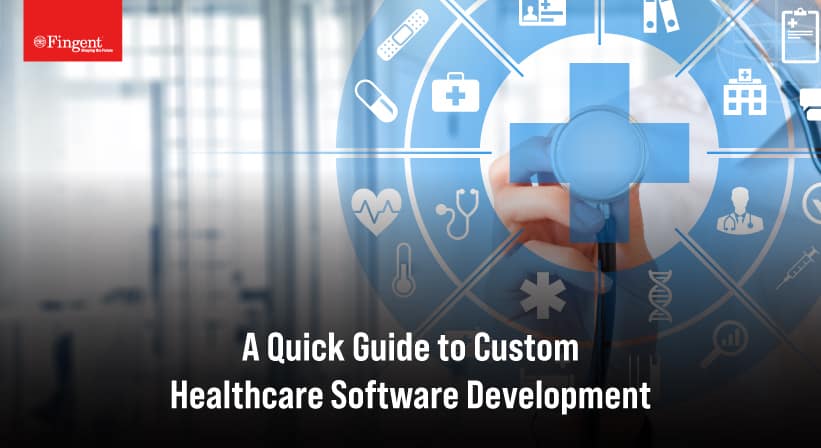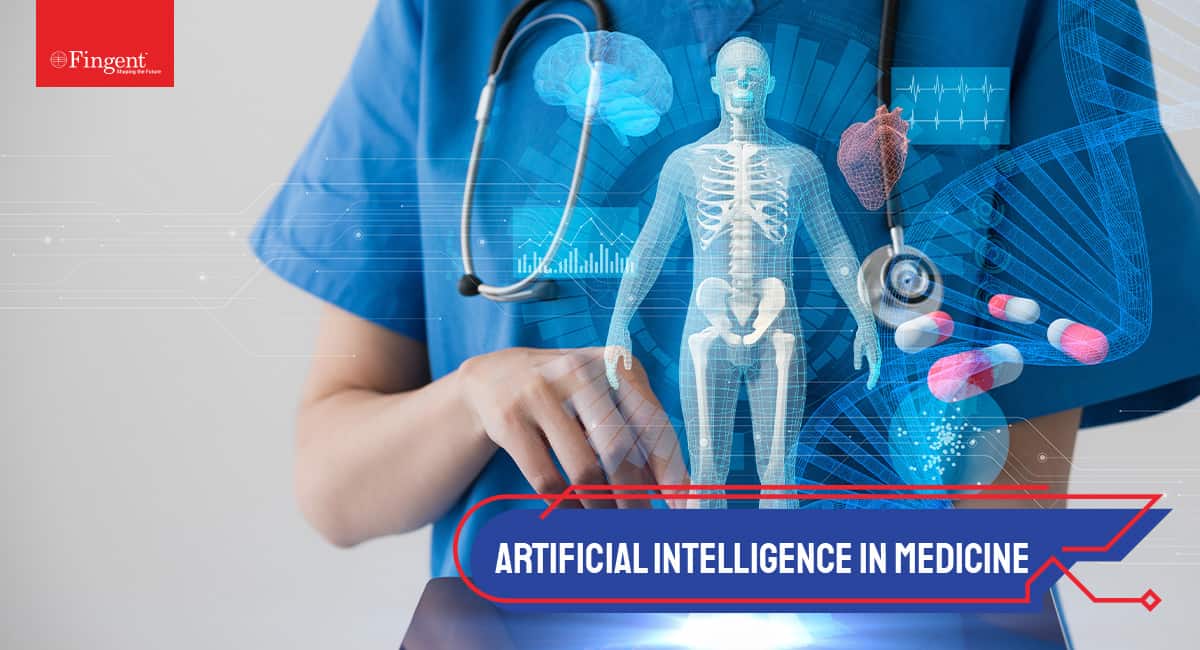5 Pointers to Make Sure Your Healthcare Application is Future Proof
They say the only thing that is constant in this world is change. It applies to every single aspect of our lives, including the health and well being. Thinking from an industrial perspective, the healthcare landscape is constantly evolving from one level to the next and it only increases the need for IT systems to be more scalable, flexible, adaptable and secure. But technology too is an ever changing concept, needing regular and constant updates to remain fresh and competitive, not to mention the ever-changing regulatory requirements as well. So as you can see, it is a continuously changing scenario, which makes it all the more important for organizations to make sure they have the most leading edge software to keep pace with the environment.
Organizations need to build technologies that have the ability to adapt and change, while sticking to compliance regulations. As mentioned before, their focus should be on flexibility and scalability of their IT platforms. In other words, they need to develop future ready IT systems that are safe and secure.
Dr. Andrew Litt, Chief Medical Officer at Dell Healthcare and Life Sciences says, “ The only way hospitals will thrive is if there’s useful, timely and relevant information that is securely delivered along the care continuum.”
Thankfully, the IT field is making its improved contributions as well for the healthcare sector and now it is up to the organizations to narrow down and adopt the most appropriate one. To help them in this regard and to enable them to get the most out of their systems, here are 5 pointers to look for while choosing a future ready healthcare platform:
- Scalability and adaptability – This is one of the most important factors to consider to make your systems future-proof. The market for healthcare applications is one which is very volatile, with regulation coming in quite frequently and with little notice. In such a scenario, it is important to have systems that are flexible and can adapt to changes easily. For example, when the new office takes charge with the 2016 presidential elections in the U.S, there may be new regulations to comply with, or when an organization launches a new product or a new healthcare plan, there might be a need for the existing healthcare applications to scale out or adapt to new norms. To support all these kinds of dynamics, organizations need to look for open architecture systems that enable quick and easy integration of new additions in business as well as simplified processes of upgrades.
- Ease of adoption – For all the reasons that the business environment is dynamic, it also means an existing healthcare application system has to be adaptable. At the same time, it might also need additional integrations or deployment of specific components. Organizations need solutions that can make way for these and enable such additions in a streamlined and seamless manner. In situations where an existing system is being replaced by an organization, the new solution has to be smoothly deployed, without wasting time on installation, training and the like. For this purpose, cloud integrated solutions may be leveraged as they support fast and easy enforcement with no need for onsite installation and are also highly scalable.
- Automation – As organizations are striving to keep up with the growing demand for improved quality of care, they also need to keep a check on the costs. As a matter of fact, they are faced with the challenge of reducing the costs without compromising on the quality of care. For this purpose, healthcare applications must support full-fledged automation of most if not all important functions, so as to eliminate manual processes that take up a lot of time and effort. It can also make sure that there are no compliance issues. Organizations can do completely away with the error-prone, time-intensive and inefficient manual data entry processes. Moreover, with the automation of the financial systems as well, processes like billing, collection of cash and the like can also be simplified.
- Interactivity – Most healthcare, as well as banking organizations, are starting to embrace retail-centric models of technology to manage their affairs. This means that users of the system, that is, the consumers in case of retail solutions and patients in case of healthcare solutions, can interact with the system empowering them to take care of their own issues. This is quite a huge deal for healthcare, as member portals like these give patients the freedom and accessibility to view their own health records, or health plan benefits and the like. It also lets them perform self-service transactions and open enrollment activities on their own online. It also lets them interact with doctors and providers regarding personal healthcare. Organizations need to look for solutions that have the capability to connect with such member portals and make their users self-sufficient.
- Real-time information – This is an extension of the previous point on member portals. People nowadays need speed and transparency more than anything, and it is only going to become even more so in future. Patients need real-time information at their fingertips about their appointments like billing, coverage, and details of the doctor through a secure online portal. Hence, at any cost, a healthcare application needs to be in the direction of real-time. The most appropriate way to ensure this is by tightening the connectivity between the administrative system of an organization and its member portals. Such kind of connectivity again calls for an open architecture of all platforms involved. Such integration also gives patients an overview of their billing, payment and other details in real time.
All of these point towards an age where people can proactively manage their healthcare by themselves as well by their providers. As an organization gears up for this phenomenon, it might be useful to keep the above points in mind and make their healthcare platforms future proof, so as to gain maximum efficiency.
Stay up to date on what's new

Recommended Posts

22 Jun 2023 Healthcare
Augmented Reality in Healthcare: The Industry Future!
Augmented Reality in Healthcare: Use Cases, Examples, and Trends Let’s Discuss Your Project It’s no joke or a mere sci-fi theory! We’re experiencing the impact of Augmented Reality in healthcare,……

22 Jun 2023 Healthcare B2B
Custom Healthcare Software Development – Ultimate Guide!
The world of technology keeps evolving and waits for no one, so it is our responsibility to keep up with it rather than fall behind. The healthcare industry has for……

13 Aug 2021 Healthcare
5 Healthcare Digitalization Trends Crucial In 2024 And Beyond
Top Healthcare Digitalization Trends To Look For In The New Normal Healthcare digitalization is reshaping the way we interact with healthcare professionals, share medical data or make decisions related to……

14 May 2021 Healthcare
Artificial Intelligence in Medicine: Yesterday, Today, and Tomorrow
How is AI Facilitating Healthcare Innovation Over Years Today Artificial Intelligence (AI) is being used to enhance and improve all spheres of our lives. Artificial Intelligence in medicine is truly……
Featured Blogs
Stay up to date on
what's new















 US
US Insurance
Insurance









































